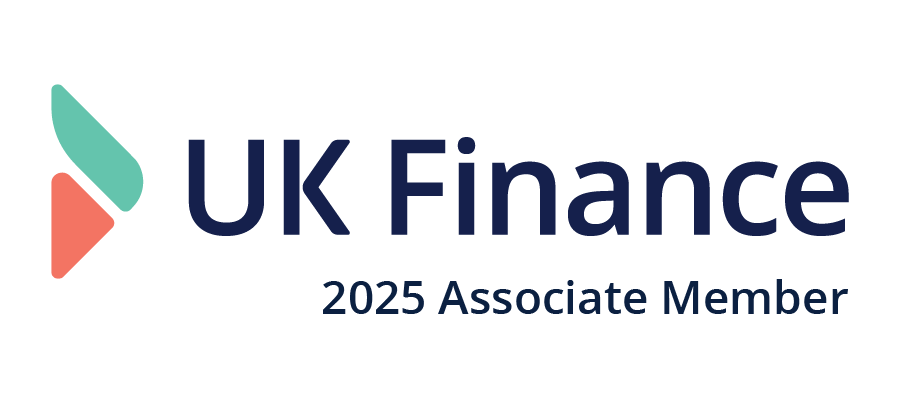
Give your business a cash flow boost today
Every business faces cash flow challenges - from covering supplier costs and payroll to funding growth. At Novuna Business Cash Flow, we help you unlock working capital quickly to find the right finance solution for your needs.
Whether you’re in construction, retail, transport, or recruitment, our tailored funding options can keep your cash moving and your plans on track and find you a great deal for your situation.
How it works with Novuna Business Cash Flow
- Tell us your funding challenge - complete a short form or call
- We compare providers and recommend a great fit for your situation
- You apply - with full support from a cash flow expert
- Access funding fast - often within 24-72 hours
Fast decisions. Flexible options. Funding over £2bn to more than 1,000 SMEs every year.
Call us on 01952 956920 to speak to a real cash flow expert. We’ll help you apply for the right type of finance and make sure you get a great deal for your business.
Or click 'Boost your cash flow' below to compare providers.
What is your funding challenge?
We have funding options to help you take control of your cash flow
We offer tailored debt financing products to boost your cash flow
Our flexible funding options are built to meet your business needs
Business loans
Business loans can provide the funding your company needs to manage cash flow gaps, invest in growth, or cover unexpected costs. Discover flexible loan options designed to help you keep your business running smoothly and seize new opportunities with confidence.
All invoice finance
Invoice financing helps you unlock cash tied up in unpaid invoices, giving your business the funds it needs to stay on top of expenses and grow. Improve your cash flow, reduce payment delays, and keep operations running smoothly.
Explore our equity finance resources
Why choose Novuna Business Cash Flow?
Why businesses trust us for fast funding
We're a multi-award winning business cash flow specialist
Industries we support
Construction
Cash flow can be unpredictable in construction, with long payment terms and upfront project costs. Discover funding solutions to help you keep projects moving and suppliers paid on time.
Commercial property
From maintenance and refurbishments to tenant delays, managing cash flow in property takes planning. Explore finance options to help you maintain, develop, and grow your portfolio.
E-commerce
Running an online business means balancing marketing, stock, and fulfilment costs. Find flexible finance to help you manage demand and keep your store operating smoothly.
Manufacturing
Manufacturers often deal with rising material costs, long client payment terms, and expensive machinery. Discover finance options that keep production lines running and cash flow steady.
Recruitment
Recruitment agencies need strong cash flow to cover payroll while waiting for client payments. Explore funding solutions designed to bridge the gap and support your growth.
Retail
Retailers juggle stock, staffing, and fluctuating sales throughout the year. See how flexible finance can help you maintain cash flow and prepare for seasonal peaks.









